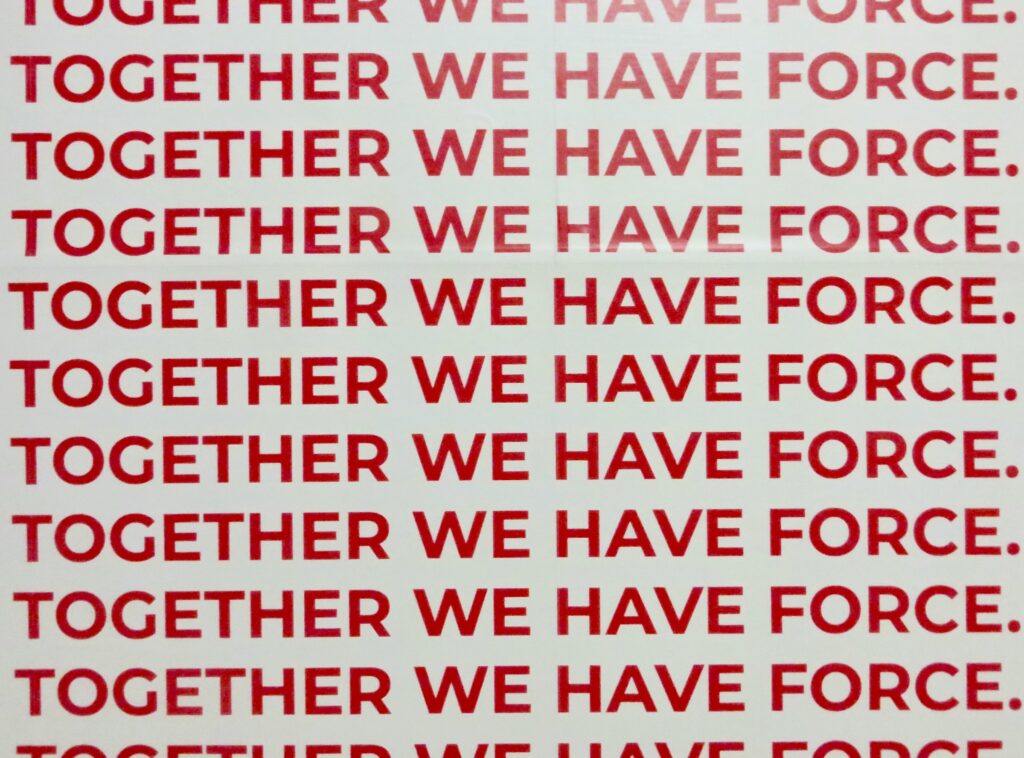team morale
Transform Your Leadership: The Surprising Power of “We” Over “I”

Photo by Bekky Bekks on Unsplash
The subtle shift from using “I” statements to “We” statements can profoundly impact team dynamics, morale, and overall productivity. This linguistic change, seemingly minor, carries with it a powerful undercurrent that reshapes the workplace atmosphere, fostering a more inclusive, collaborative, and united team spirit. It is a key to excellent leadership.
The Psychology Behind “We” vs. “I”
Language is a reflection of our thoughts and attitudes. When a leader consistently uses “I” in their communication, it can unintentionally project a sense of self-centrism, isolation, and even authoritarianism. This creates a psychological barrier between the leader and their team, suggesting a top-down approach where ideas and directives flow in one direction only.
Conversely, “We” statements signify a collective mindset. They convey a sense of shared responsibility, mutual goals, and collective effort. This subtle linguistic shift can transform perceptions within a team, making members feel more valued, involved, and committed to shared objectives.
Building a Collaborative Culture
A leader’s choice of words can either build walls or bridges. “We” statements are bridge-builders. They foster an environment of collaboration and teamwork. When a leader says, “We need to improve our performance,” instead of “I want better results,” it implicates everyone in the success and challenges of the team, promoting a culture where each member feels responsible and empowered to contribute.
Enhancing Team Morale and Ownership
Using “We” instills a sense of ownership and pride among team members. It suggests that every individual’s contribution is vital to the collective success. This inclusivity boosts morale, as team members feel they are integral to the organization’s journey, not just cogs in a wheel.
Encouraging Open Communication and Feedback
Leaders who use “We” statements are seen as more approachable and open to ideas and feedback. This approachability fosters an environment where team members feel comfortable sharing their thoughts, leading to a more innovative and dynamic workplace.
Challenges and Considerations
While the shift from “I” to “We” can be powerful, it has challenges. Overuse or inappropriate use of “We” can sometimes dilute personal accountability or mask who is responsible for decision-making. Leaders must balance “We” with clear communication about roles, responsibilities, and accountability.
The Future of Leadership Language
The language of leadership is also changing. Increasingly, successful leaders can create a sense of community and joint purpose among their team members. The transition from “I” to “We” is not just a linguistic change but a reflection of a deeper, more fundamental shift in leadership philosophy – from individualism to collectivism, from command to collaboration.
#LeadershipLanguage #TeamDynamics #CollaborativeCulture #InclusiveLeadership #EmpoweringTeams #CommunicationSkills #LeadershipDevelopment #Teamwork #OrganizationalCulture
Share this:
Unified Vision: The Keystone of Multifamily Leadership

Photo by Nathan Dumlao on Unsplash
Hyper-targeted strategies and competition sometimes cause us to forget a fundamental building block to success: a unified goal. But as multifamily leaders know, tech advancements and business innovations are for if their organization’s culture lacks a clear, shared objective.
Every extraordinary business, especially in the multifamily space, thrives on the cohesion of its team. An aligned goal is not just about setting a NOI or Revenue target. It’s about defining the company’s very essence, the values it stands by, and the legacy it seeks to leave. This holistic definition ensures that every strategy executed, every decision made, and every innovation adopted serves this common purpose.
Why is this so vital? First, a shared goal boosts team morale. When team members understand and embrace the company’s mission, they are more motivated, committed, and passionate. This energy translates into purpose-driven productivity, a stronger drive for ideation, and an unwavering commitment to excellence.
Moreover, in business, where human-centricity is paramount, having a clear goal ensures all strategies are people-focused. When the end goal is not just about NOI or ROI but about creating extraordinary living experiences, improving community connections, or maximizing resident satisfaction, every business move becomes more meaningful.
Furthermore, a unified goal acts as a beacon in times of adversity. The multifamily market will always pose challenges with fluctuating demands, tech disruptions, and ever-changing resident expectations. In such scenarios, having a clear and shared objective offers a direction, a North Star, guiding the team when faced with difficult decisions.
Yet, it’s not just about setting a goal; it’s about effective communication. A goal locked in the boardroom and not understood by the entire organization loses its efficacy. Leaders must ensure that this vision is communicated and deeply understood, resonated with, and adopted by every individual.
.

